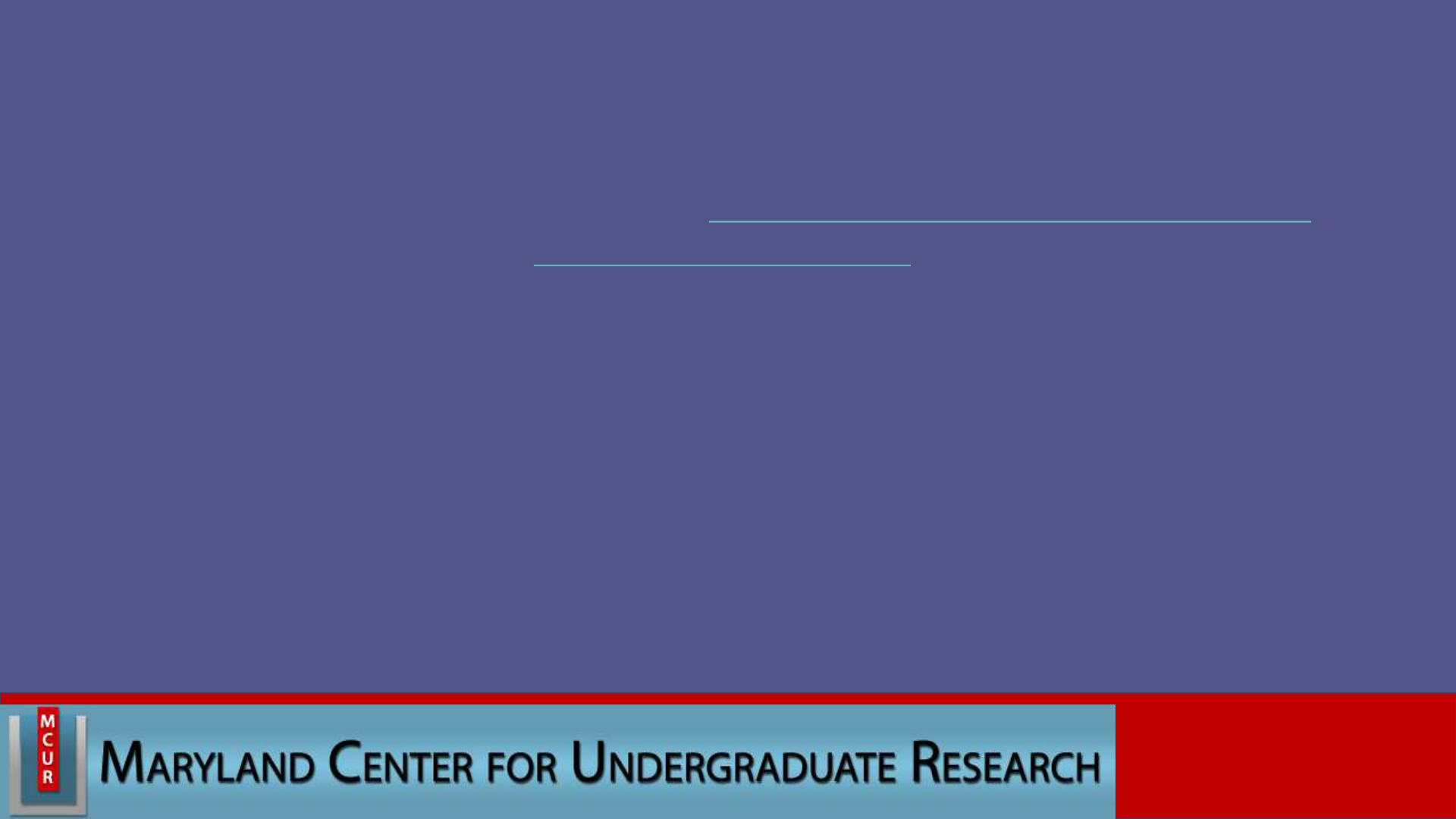
Designing a Research Poster for the
Humanities/Social Sciences
Elizabeth Tobey, Spring 2015,
Maryland Center for Undergraduate
Research, 2100D McKeldin Library,
ugresearch@umd.edu
www.ugresearch.umd.edu
www.ugresearch.umd.edu
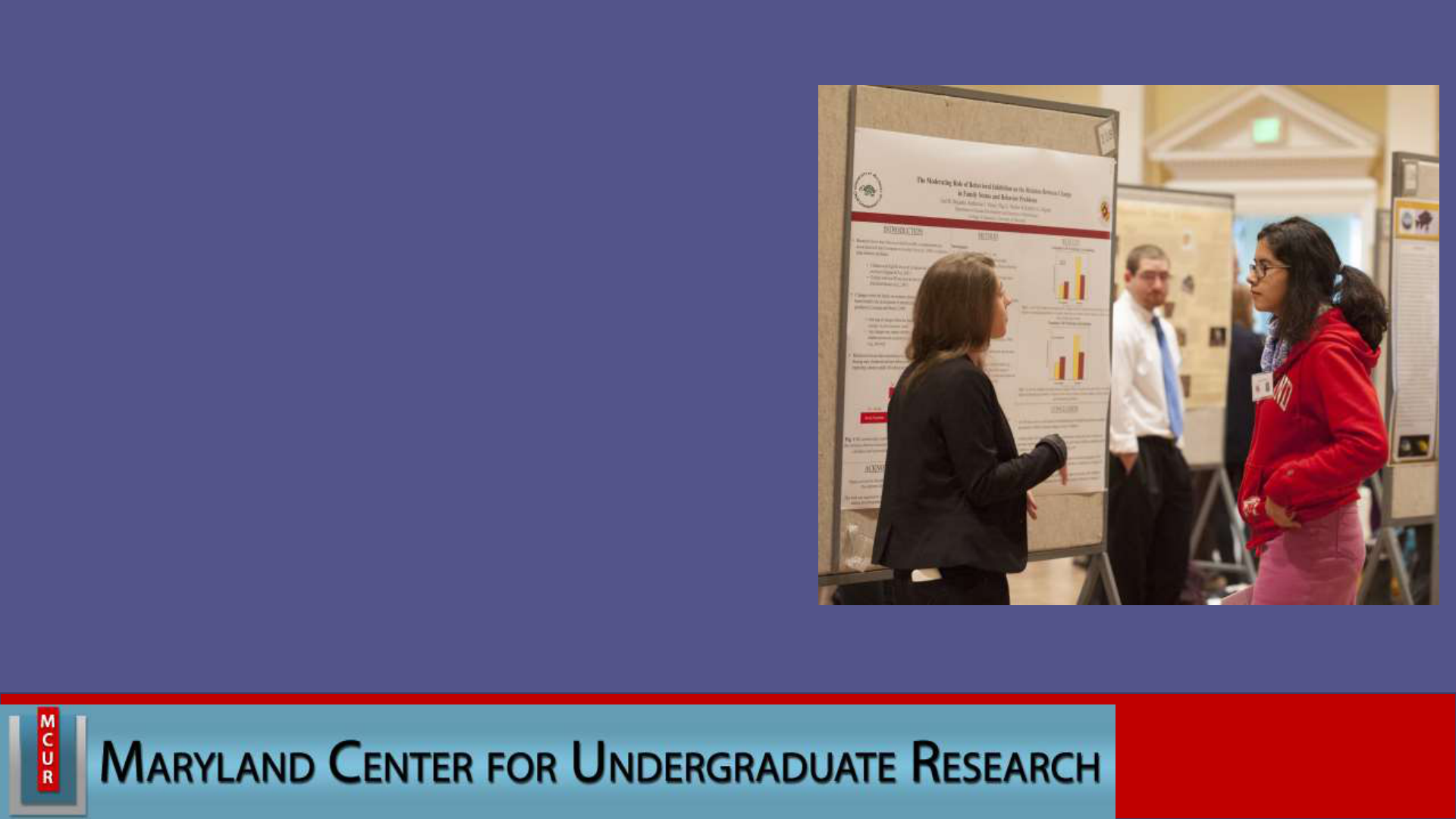
• This information session geared towards students
participating in Undergraduate Research Day in late April
• Poster traditional to STEM fields but some humanities’
conferences have adopted it
• Purpose of the research poster:
• Visual prop for talking to visitors at conference
• Stand-in for when you are not there
• What skills do you use in making a research poster?
• Presentation of ideas visually
• Public speaking
• Summarizing complex topic concisely
• Will use these skills again-and-again academically
and professionally
www.ugresearch.umd.edu
Undergraduate Research Day 2014, photo courtesy Thai Nguyen

• Good design is important to attract attention
• Colin Purrington says that it takes only five
seconds for someone to decide whether to read
your poster
• Don’t leave planning and design of your poster to
the last minute—plan ahead!
www.ugresearch.umd.edu
Undergraduate Research Day 2014, photo courtesy Thai Nguyen
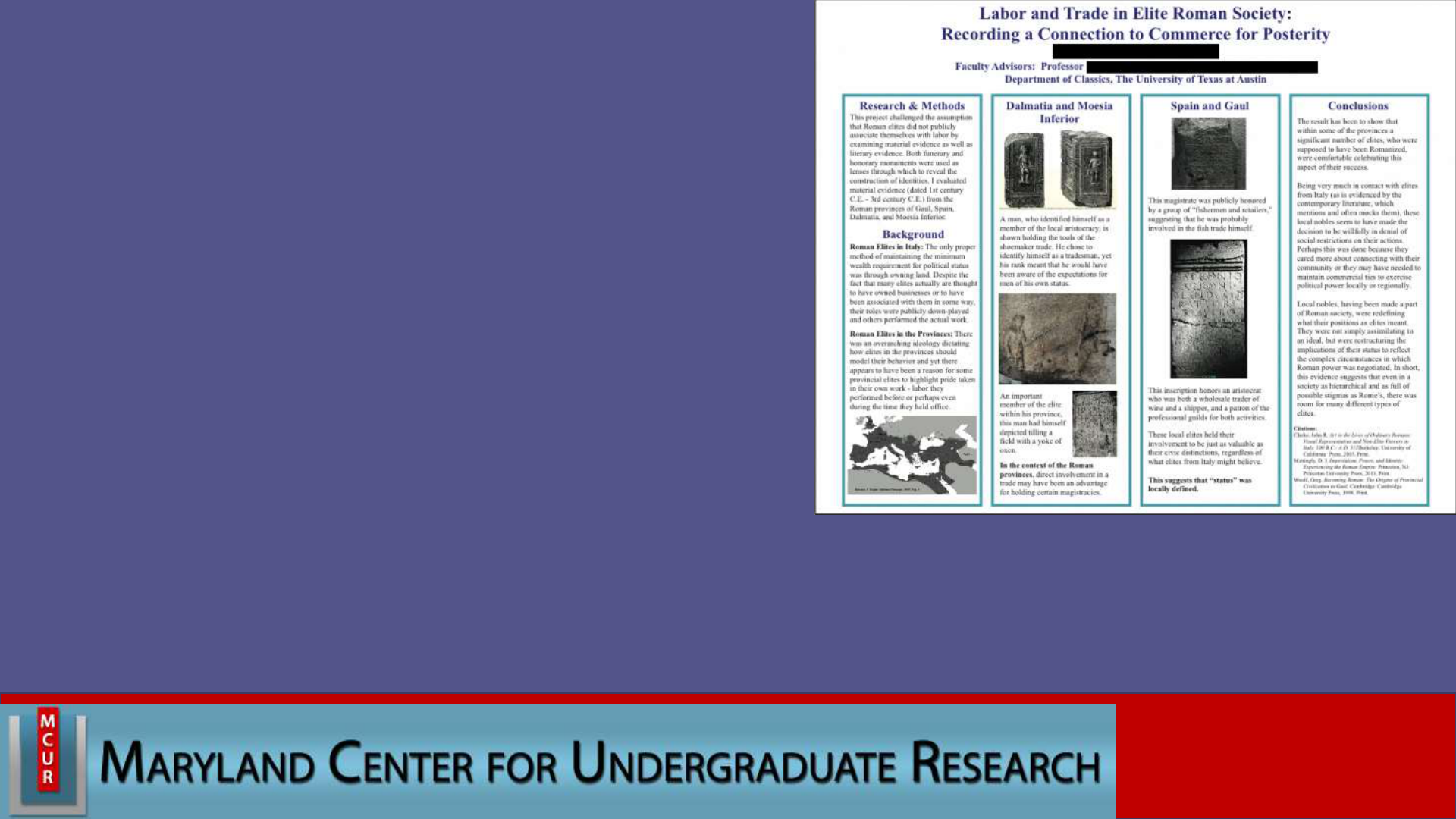
www.ugresearch.umd.edu
Format for your Research Poster:
STEM disciplines traditionally follow IMRaD format
(Introduction, Methods, Results, and Discussion)
Some potential humanities formats :
• Modified IMRaD: Introduction, Research & Methods,
Discussion/Topic Summary, and Conclusions
• Thematic: Group sections of your poster according to
sub-themes
• Narrative: Tell a story about your topic; particularly
useful for a specific event (i.e. World War II)
• Questions and Answers: Summarize your main research
questions and how you answered them
Sample of a Classics poster, University of Texas at
Austin, Office of Undergraduate Research,
http://www.utexas.edu/ugs/our/poster/samples

www.ugresearch.umd.edu
Software For Poster Design:
• Both proprietary and open source software can be used to make a research poster
• Microsoft Power Point is a popular software to use and MS Office suite can be downloaded for
free with a UMD ID and login through Terpware (http://terpware.umd.edu/)
• See additional resources section at end of presentation for other software programs and links
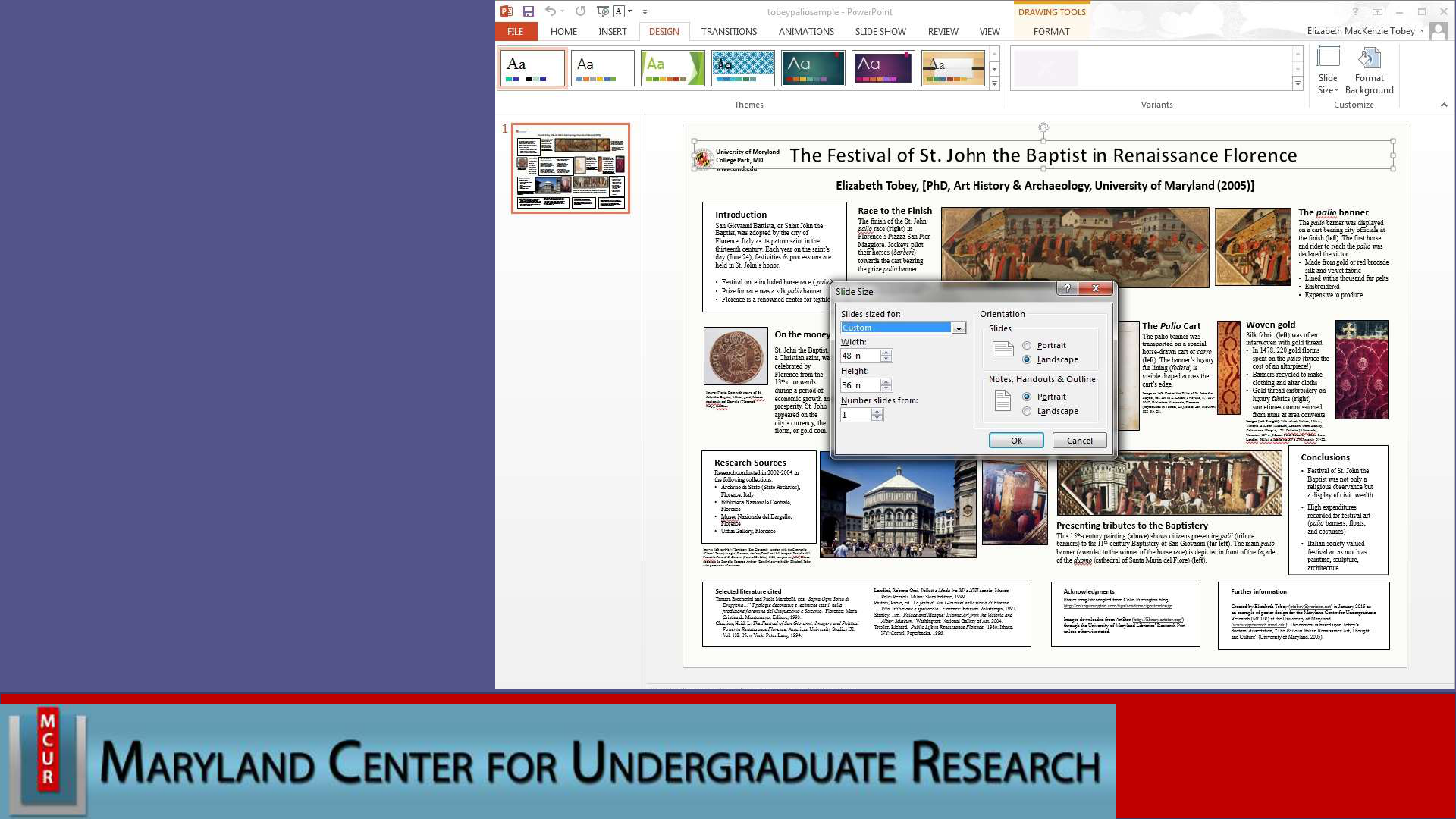
www.ugresearch.umd.edu
Poster size and orientation:
• For Undergraduate Research
Day, dimensions should be 36 x
48 inches (3 x 4 feet)
• Can use portrait or landscape
orientation
• You can create your poster
from scratch in Power Point or
other software or use/modify
an existing template
• It is easy to adjust slide size in
Power Point– go to
Design>Slide Size>Custom Slide
Size

www.ugresearch.umd.edu
Design for the Venue and Presentation Style:
• Check with the conference organizers for any
requirements for poster size & orientation
• Undergraduate Research Day—Posters pinned to fabric
display panels; can also use adhesive Velcro dots
• (Other conferences may ask you to mount posters on
foam core board and display on standing or tabletop
easels)
• Most posters are oriented as landscape (horizontal),
although some people use portrait orientation (vertical)

www.ugresearch.umd.edu
Layout for your Research Poster:
• Most people read posters from left to right, top to bottom
• Place logo, title of project, and your name at top
• Can use two or three column format, or none at all
• Text used in main body of poster should not exceed 800 words
• Avoid long, unbroken expanses of text; use phrases and bullet points
• Left-align your text blocks; justified text leaves awkward gaps
• Set a thin black border (1-2pt) around images; include captions
• Whenever possible, align your text boxes and images
• Leave space for works cited and acknowledgments at bottom
• Include your full name and contact information
Thanks for reading my
poster. This is a summary of
my research project which I
worked on this summer as a
Maryland Summer Scholars
project.
Thanks for reading my
poster. This is a summary
of my research project
which I worked on this
summer as a Maryland
Summer Scholars project.
Justified text
Left-aligned text

www.ugresearch.umd.edu
Font, Font Size, and Color
Remember, keep style elements consistent
Font and font size:
• Sans-serif font for headings (Arial, Helvetica, etc.)
• Serif fonts for text (more readable), Times New Roman, Palatino
• Avoid exotic fonts like Comic Sans
• Use no more than two font faces—don’t let your poster look like a
ransom note!
• Poster needs to be legible from 4 to 6 feet away
• Headings 36-54 pt.
• Text 24-36 pt.
• Captions and data labels on charts and graphs 18-20pt
Color:
• Avoid light text over dark background-wastes ink and hard-to-read
• Avoid red text on green or vice versa
• those with color blindness can’t read it
DON’T get
Carried
away
With Exotic
and Hard-to-
re ad Fonts
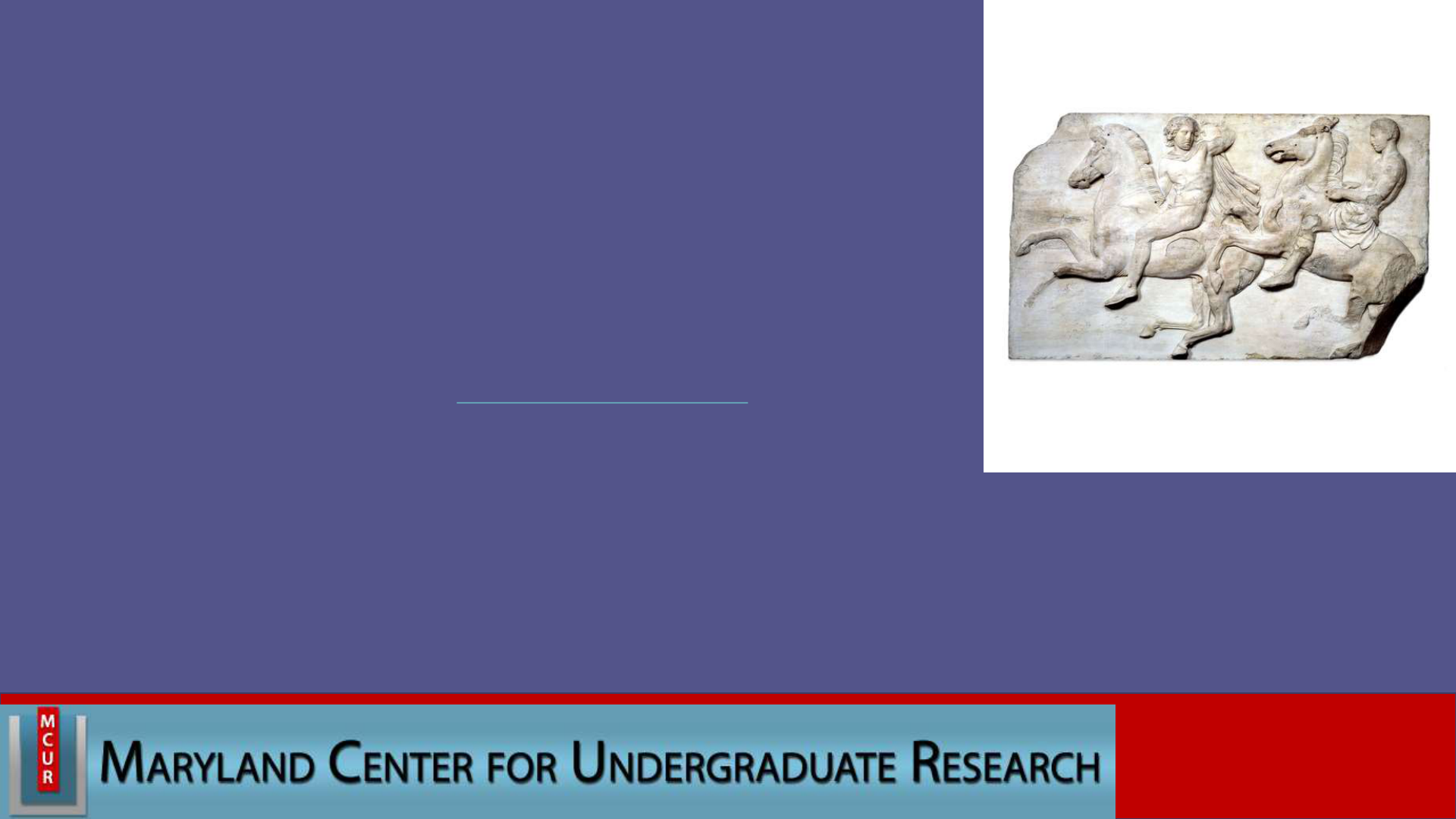
www.ugresearch.umd.edu
Finding Images for Your Poster:
• When possible, use images in the public domain, without copyright
restrictions, or where you own the copyright
• Copyright Law allows some “fair use” of copyrighted works for
educational purposes
• ArtStor (art/architecture database available via UMD Libraries
Research Port with UMD login (http://www.lib.umd.edu)
• Museums such as the British Museum have images from collections
online for download
• Libraries and archives have online digital collections
• For more ideas and links, see “Further Resources” section at end of
this presentation
Horsemen from the West frieze of the
Parthenon, marble relief sculpture, Greek,
438-432 BCE, British Museum, London

www.ugresearch.umd.edu
Technical Tips for Dealing with Images:
• Ideally, images that are printed should have at least 300 dpi (dots-per-
inch) resolution
• Find/scan the highest resolution image possible. When scanning, save
image in TIFF format
• Use Adobe Photoshop to adjust resolution, resize, and crop images
• Screen-captures of webpages may be used in poster:
• Hit CTRL + PRINT SCREEN buttons simultaneously and paste into
graphics editor (Photoshop or MS Paint)
• Check to make sure that image does not become “pixelated” when
enlarged
Example of pixilation, from
“Pixilation” entry, Wikipedia.org
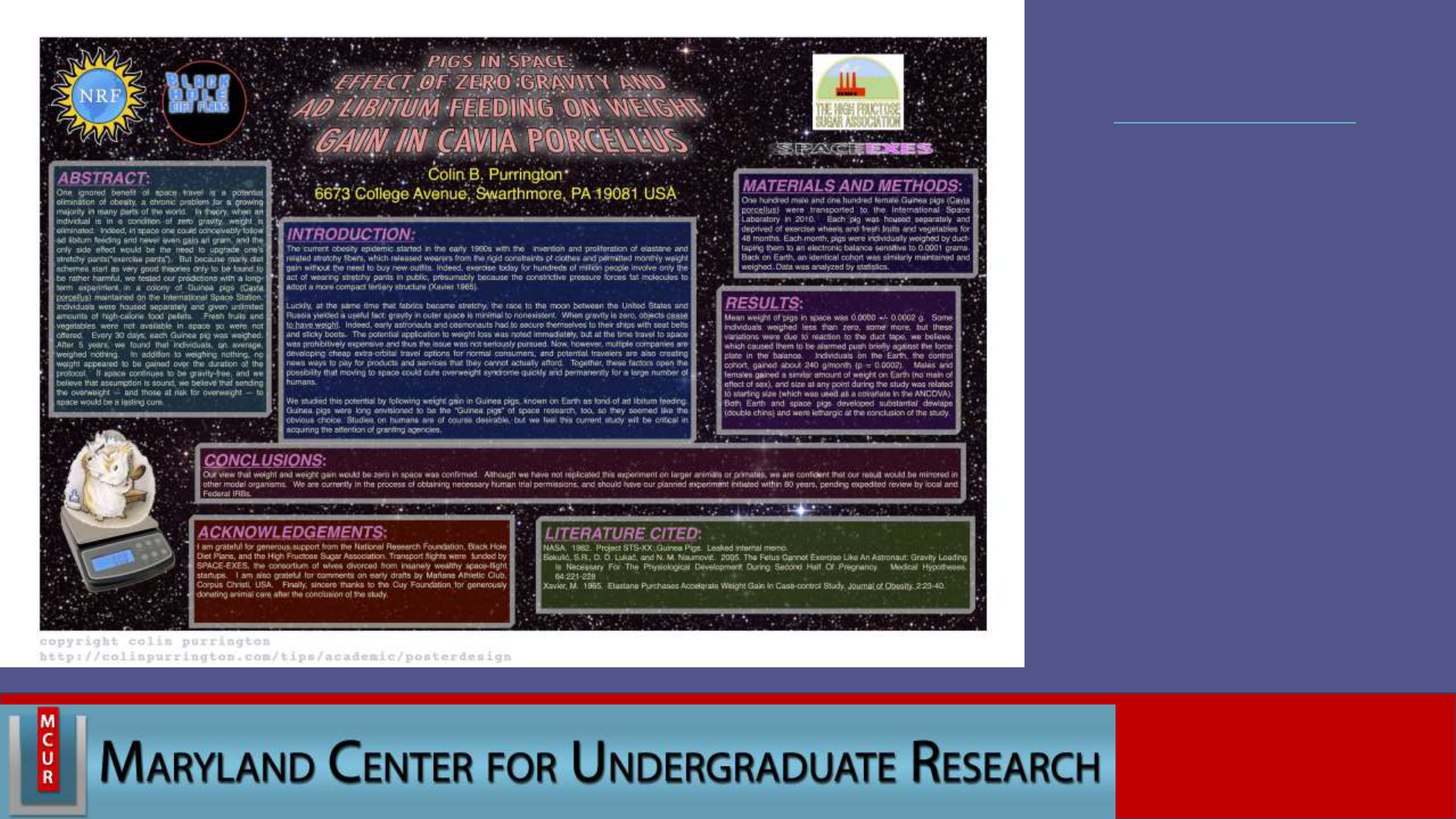
www.ugresearch.umd.edu
What’s wrong with this poster?
Example of a bad poster layout
from Colin Purrington’s blog:
• Background image distracting
• Dark background wastes ink
• Title perspective annoying
• Logos too large
• Light text on dark background
hard to read
• Background color and sizes of
text boxes inconsistent
• Text boxes not aligned
• Too much text!
• Results presented in
sentences rather than charts
• Text in boxes is justified,
leaving awkward space
• Bad graphic of guinea pig
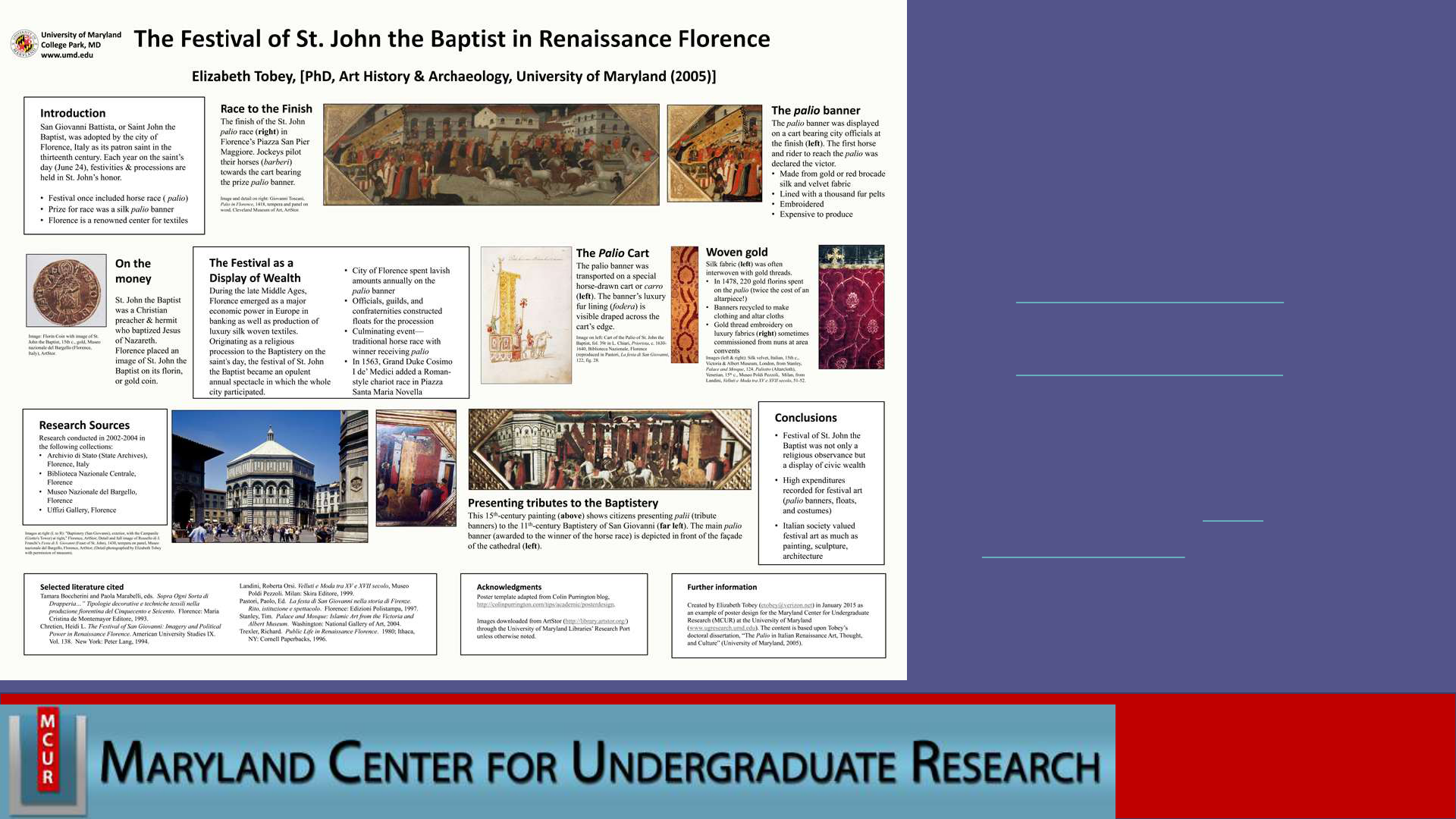
www.ugresearch.umd.edu
View and download a sample
humanities poster (thematic
format), “The Festival of St. John
the Baptist in Renaissance
Florence” by Elizabeth Tobey:
• tobeypaliosample.ppt (Power
Point)
• tobeypaliosample.pdf (PDF)
Template for this poster was
adapted from poster template
downloaded from Colin
Purrington’s blog on poster design
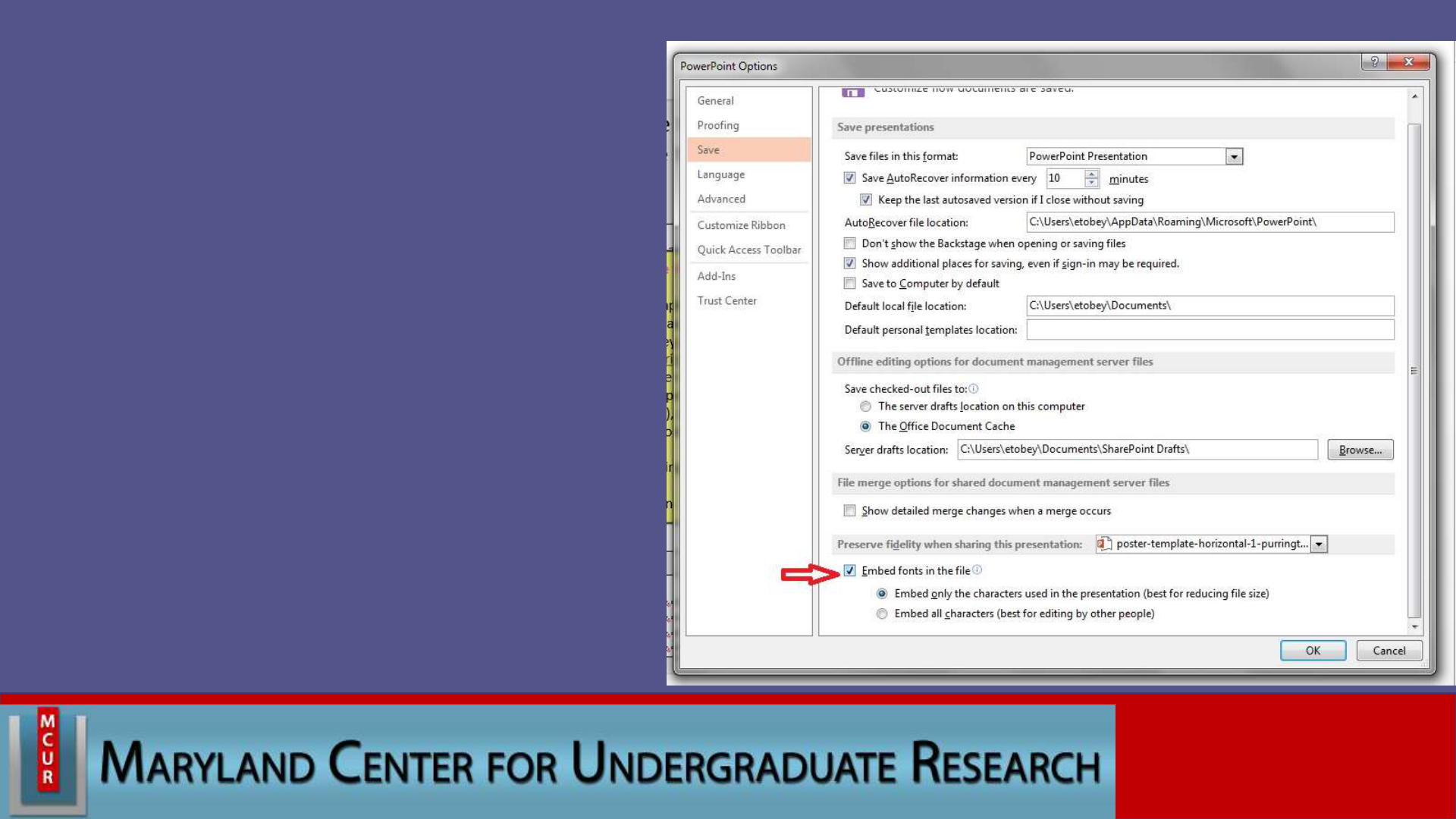
www.ugresearch.umd.edu
Saving and Exporting Your Poster
• Look at your poster at 100% resolution to
make sure there is no pixilation of images;
in PPT, go to View>Zoom>100%
• Be sure to spell-check your poster and have
someone else proof it
• Embed your fonts in the file: go to
File>Options>Save>Embed fonts in the file
• Save your project as a PDF (Portable
Document Format) for printing—this will
preserve your layout
• Save for maximum print resolution (not
web resolution)

www.ugresearch.umd.edu
Printing your poster:
• Don’t leave printing to the last minute, especially during
crunch periods—print at least 5 days before the UG
Research Day
• McKeldin Library, 2
nd
floor, printer in Learning Commons,
http://www.lib.umd.edu/tlc
• The Engineering Copy Center in Glenn Martin Hall will also
print posters, http://www.copycenter.umd.edu/

www.ugresearch.umd.edu
Prepare for the Poster Session:
• Write out and practice versions of a “poster talk” of various
lengths : i.e. a 30, 90 second, and 3 minute speech
• Dress in neat and clean clothing; does not need to be “interview”
clothing but you should be dressed more formally than what you
normally wear to class
• Wear comfortable shoes—you may be standing for a long time
without a break
• Bring a plastic bag to protect your poster in transport in case the
weather is bad—poster ink can streak in the rain
Don’t dress this casually—and remember
a plastic bag for your poster!
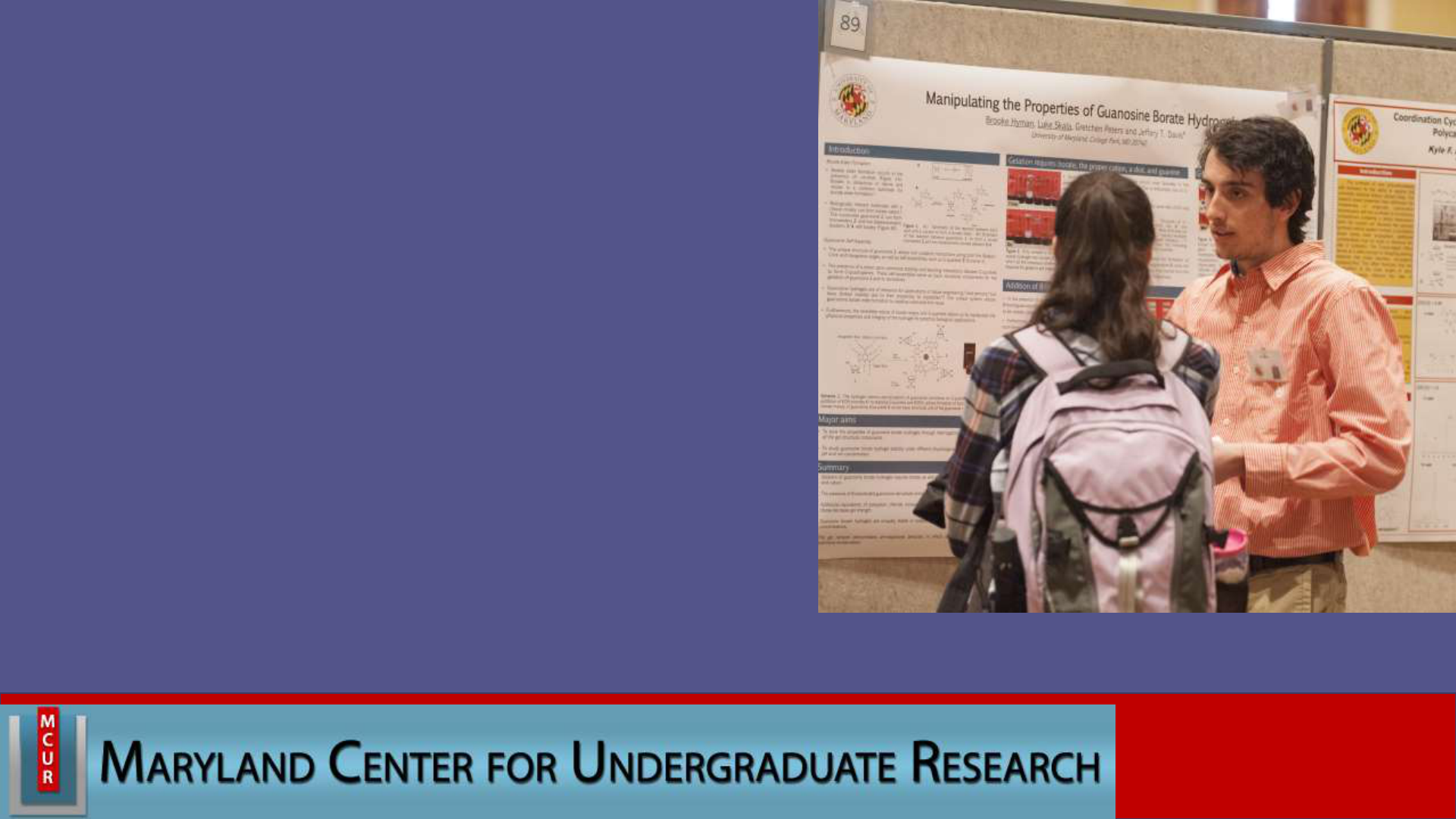
www.ugresearch.umd.edu
During the Poster Session:
• Speak clearly and at a moderate pace
• Maintain eye contact with your visitor
• Keep your language simple—don’t overwhelm your listener
with jargon
• Use your hand to direct your listener to your poster
• Do not wear sunglasses or chew gum
• Thank people for their interest and remember to smile!
Undergraduate Research Day 2014, photo courtesy Thai Nguyen
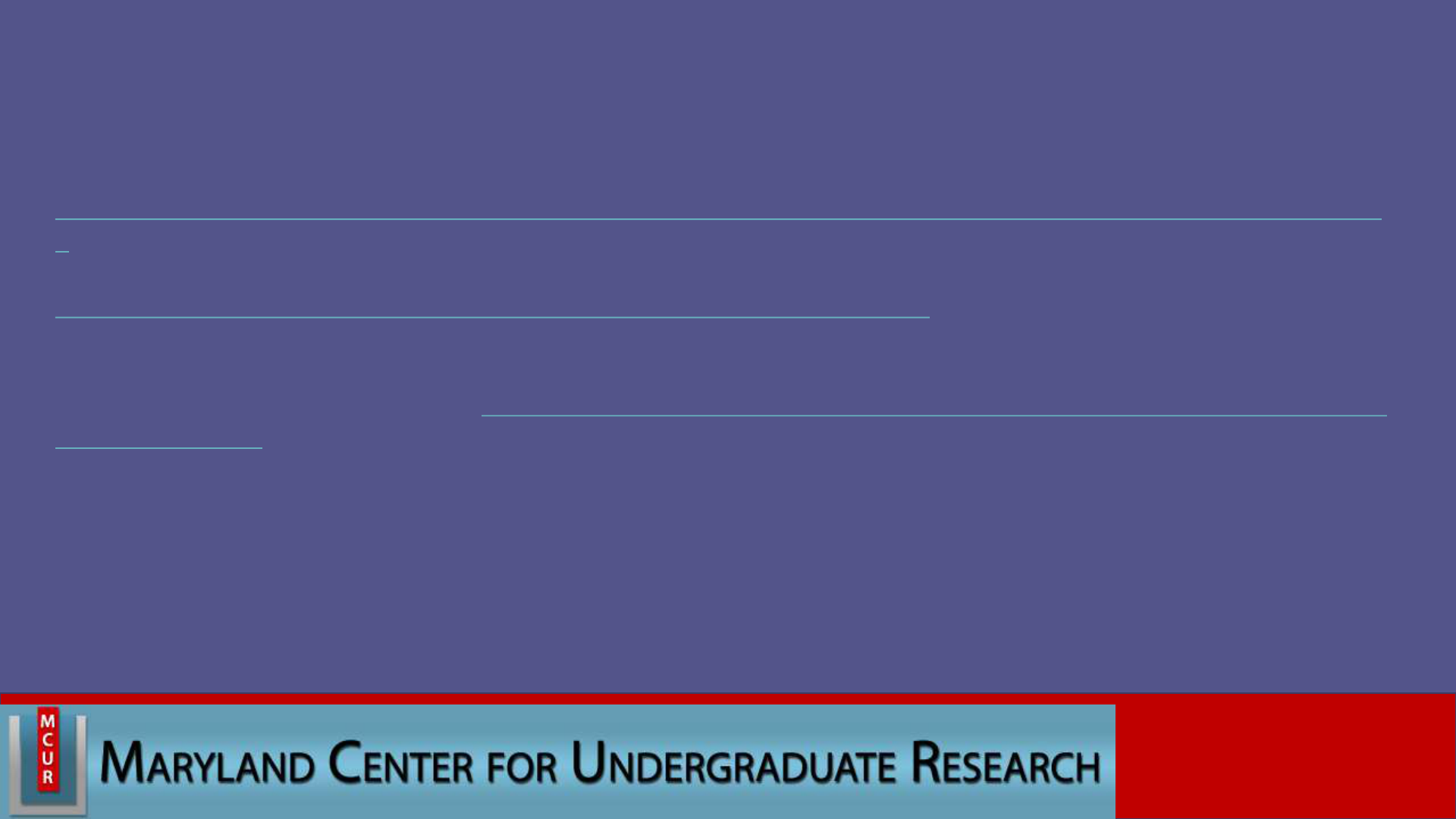
www.ugresearch.umd.edu
Humanities Posters:
David Forrest, Presenting Conference Papers and Posters in the Humanities, Teaching, Learning, and Professional
Development Center, Texas Tech University,
http://www.tltc.ttu.edu/teach/TLTC%20Teaching%20Resources/PresentingConferencePapersAndPostersInTheHumanities.as
p
Stephanie Krom, “Poster Tips for Humanities Conference Posters,” May 13, 2014, Archives and Public History Digital,
http://aphdigital.org/2014/05/13/poster-tips-for-humanities-conference-posters/
Mark McDayter, “Design Tips for Creating an Arts and Humanities Poster,” February 21, 2013, Electronic Textuality and
Theory at Western, Western University, http://rgettatwestern.wordpress.com/2013/02/21/design-tips-for-creating-arts-and-
humanities-poster/

www.ugresearch.umd.edu
General Websites on Research Posters:
• Designing a Research Poster by Colin Purrington, http://colinpurrington.com/tips/poster-design, includes
downloadable templates in PowerPoint, Open Office Draw
• Research Poster Samples, Office of Undergraduate Research, University of Texas at Austin,
http://www.utexas.edu/ugs/our/poster/samples
• Presentation by Tracy Volz (Rice University), April 11, 2012, National Library of Medicine Training
Center/National Network of Libraries of Medicine, handouts on Poster Checklist and Presenting your
Poster available.

www.ugresearch.umd.edu
Downloading University of Maryland Logos
The University of Maryland at College Park has on its communications website a page where you may
download high-resolution official university logos. These are in EPS format (encapsulated post script), and
you will need a graphics editing software such as Adobe Illustrator to open and edit them:
http://www.brand.umd.edu/downloads.cfm
The cloud version of the Adobe Creative Suite can be installed for free from Terpware
(((http://terpware.umd.edu/) using your UMD student ID.
www.ugresearch.umd.edu
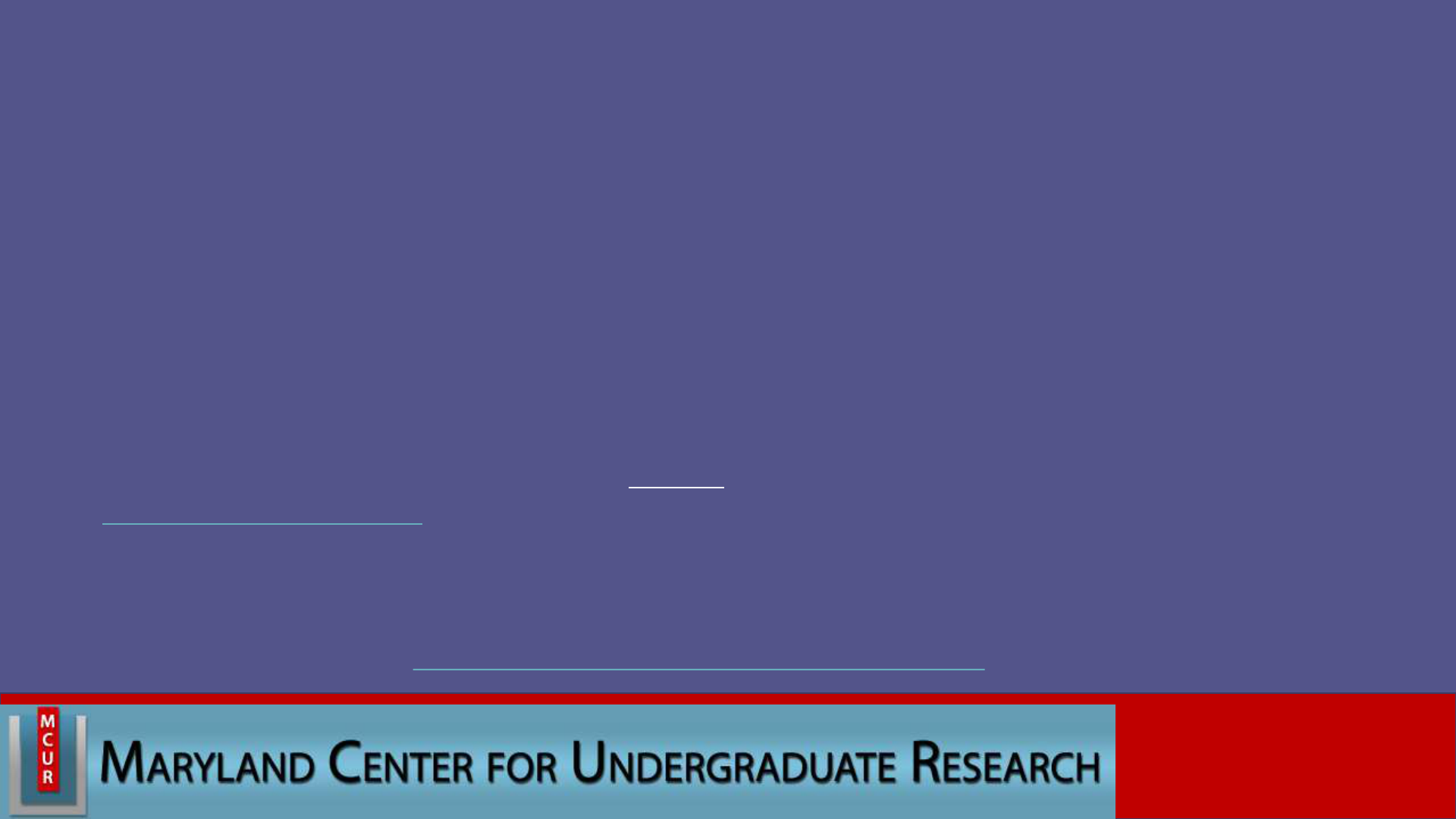
www.ugresearch.umd.edu
Software:
Proprietary
• Microsoft (MS) PowerPoint a commonly-used software for poster design-some departments have
templates available with logo
• MS Publisher
• Adobe InDesign, part of Adobe Creative Suite
• Download MS Office & Adobe Creative Suite for free with UMD login at Terpware
(http://terpware.umd.edu/) – look under “Design and Production”
Free/Open Source:
• Apache Open Office Draw, https://www.openoffice.org/product/draw.html
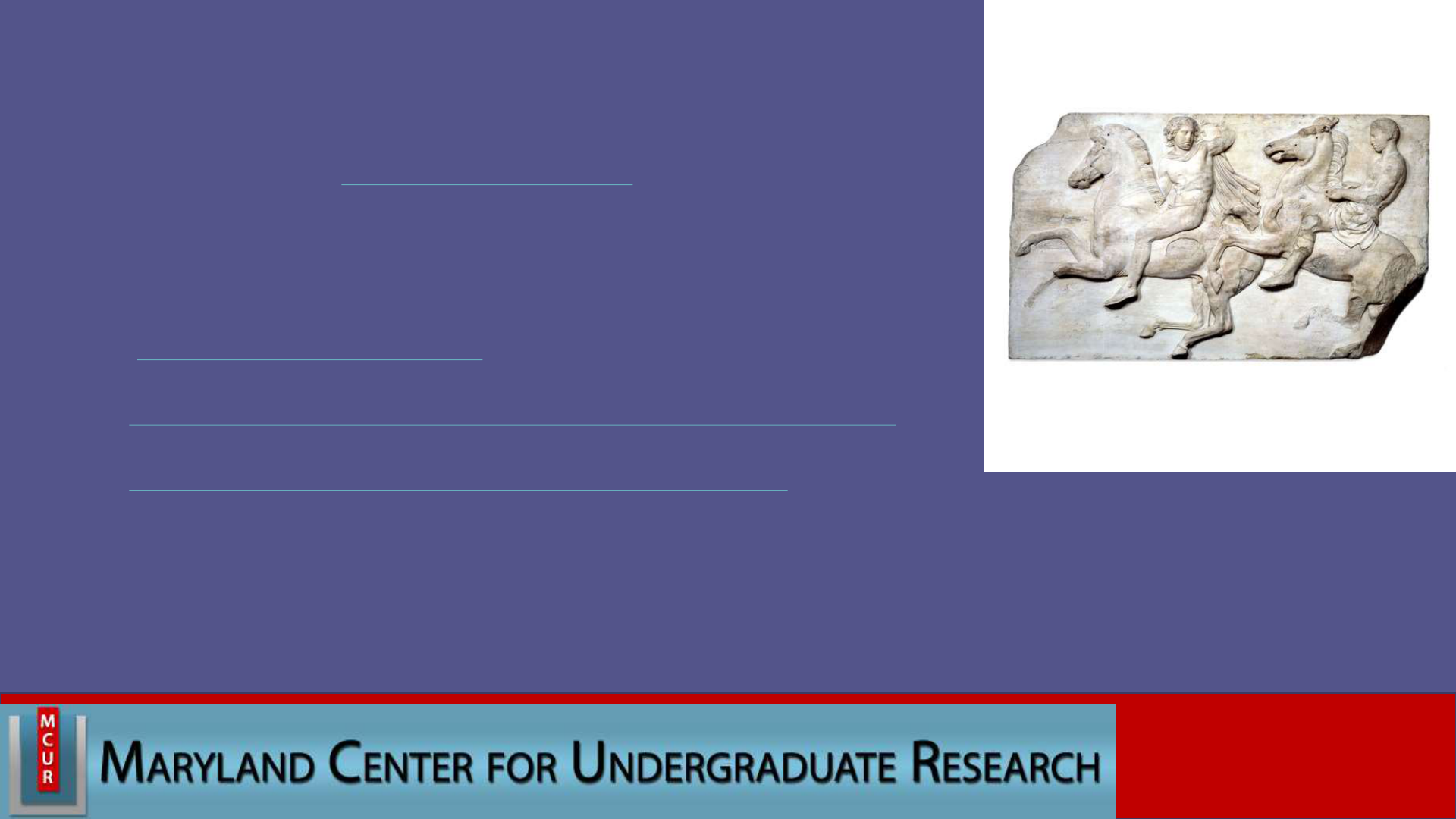
www.ugresearch.umd.edu
More Resources: Finding Images for Your Poster:
• ArtStor (art/architecture database available via UMD Libraries Research
Port with UMD login (http://www.lib.umd.edu)
• Museums (art, history, and anthropology collections)-here’s just a few:
• Smithsonian Institution, Collections Search Center
(http://collections.si.edu/search/) searches across multiple collections
• National Gallery of Art,
http://www.nga.gov/content/ngaweb/Collection/collection-search.html
• Metropolitan Museum of Art, The Collection Online,
http://www.metmuseum.org/collection/the-collection-online
• The British Museum Collections Online,
(http://www.britishmuseum.org/research/collection_online/search.aspx )
sign up for free account and receive emails of high-resolution images for
research and study
Horsemen from the West frieze of the
Parthenon, marble relief sculpture, Greek,
438-432 BCE, British Museum, London

www.ugresearch.umd.edu
Finding Images for Your Poster, cont’d:
Online libraries, archives, historical societies; many have
digitized archival materials online; look under “collections”
• Internet Archive (http://www.archive.org)-many out-of-
copyright books as well as archival materials; many
institutions contribute
• Creative Commons (http://creativecommons.org/)—
online archive with images in the public domain or where
creator has given permission for others to use
• Library of Congress (http://www.loc.gov/collections/) has
thousands of images in the public domain; browse its
digital collections
• National Archives DocsTeach online primary sources
(http://docsteach.org/)
